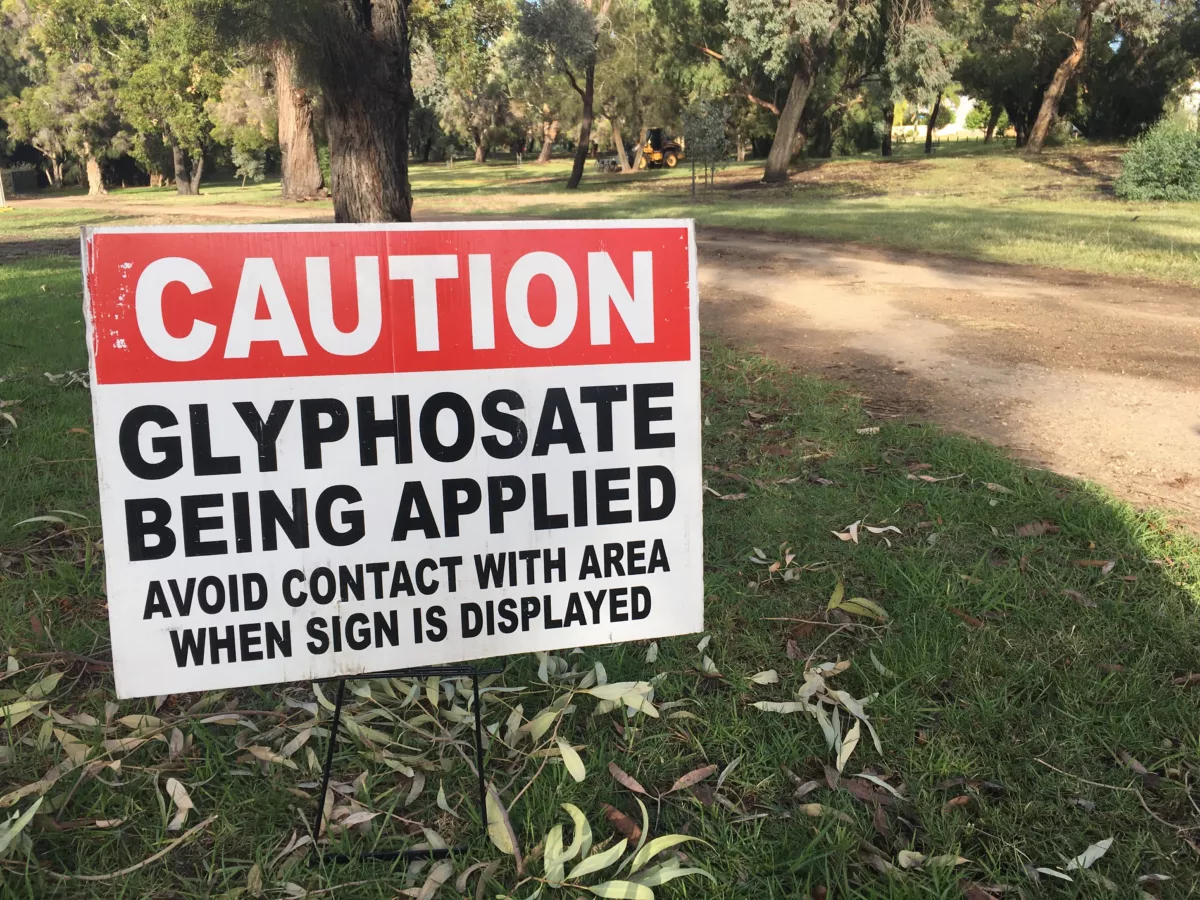The Blue Light Pandemic
By Roman and Bohdanna Shapoval
romanshapoval.substack.com
The pandemic began on a screen and continues to play out on a screen. The only ones not playing are the children, as many children are too rapidly turning into adults.
Numerous studies conducted in the early years of the pandemic attempted to link early puberty with a virus. What if the real reason was the blue-light virus in our software, affecting our body’s hardware?1
When I was a child, I couldn’t wait to go play in the dirt, smash sticks against rocks, or just gaze endlessly into the babbling brook.
Don’t lose touch with uncensored news! Join our mailing list today.
There are three things that most of us can’t stop watching: Fire, water, and people working.
Why? All living things are drawn to fields of energy.
This is why so many of us love to see a good Sunrise or Sunset—as the force of the Sun acts upon our primal craving to experience energy in its raw element.
Today, many of us are subconsciously drawn to a different type of screen, like the one you’re using right now to read my words.
Now close your eyes, just for a second. What did you see? Darkness. Yet the rest of your body saw a different picture. Our skin is still perceiving and absorbing the blue light coming off the screen.
How does this happen?
It turns out our skin has eyes like a peacock, that are embedded in our subcutaneous fat. Those “eyes” are a protein called melanopsin. Melanopsin is very sensitive to blue light and is contained in fat cells called white adipocytes. White adipose tissue (WAT) is activated by blue light and increases sympathetic nervous system (SNS) activity/stress response.
Why is this important?
Melanopsin regulates the amount of melatonin our bodies can use, and melatonin drives hormonal production in the rest of our body. While we may think of melatonin as the sleep hormone, it is really so much more. Hormones tell our bodies when to eat, sleep, breathe, and reproduce. Melatonin alone synchronizes the biological functions of our pancreas, liver, kidney, adrenal glands, heart, digestive tract, lungs, and reproductive organs.
Believe it or not, we have at least 400 times more melatonin in the gastrointestinal (GI) tract than we do in our pineal gland! This is why all digestion begins in the skin and the eyes before it can precipitate to our GI. The female reproductive system has even more binding sites for melatonin.
How do melatonin levels affect fertility?
Mammals are geared to reproduce in the warmer months. Ever seen a deer have sex on a snowy beach? I didn’t think so.
Pass that margarita, dear…and let me tell you why. Aside from the warmth that we and those horny friends of ours love, there is another reason we often miss while basking in our heat of solar passion. There is more light in our environment during spring and summer, and this light reduces the amount of melatonin we have. The melatonin that we’ve stored in the darker months is then absorbed and used by many of our reproductive organs. This is why melatonin levels are typically highest in the winter and lower in summer. Light gives life, and life takes time.
How does melatonin affect birth?
Melatonin is also the reason why babies are typically born at night, as this hormone helps the uterus contract. Uterotonins, like oxytocin, are present in the amniotic fluid and regulate contraction.
What happens when we live indoors most of the year?
We enter a season-less world, where we pass through life living a stone-cold summer that freezes the blooms of our vitality, and steals the fruits of all humanity’s labour. Our windows block most of the healing wavelengths of Sunlight, like infrared and UV, and they also keep in the artificial light from our screens, rendering us blue-light toxic.
Blue light destroys our body’s ability to make critical pro-growth hormones like melatonin, testosterone, and estrogen, as hormonal production is switched to cortisol, which can potentially lead to chronic stress. The cascade of inflammation begins when blue light hits the melanopsin photoreceptors in our skin and eye, as retinol. Also known as Vitamin A, retinol has a very loose chemical bond with melanopsin. When this bond is broken, chaos ensues for our hormones.
“Although not conclusive, we advise that use of blue light emitting devices should be minimised in pre-pubertal children, especially in the evening when exposure may have the most hormone-altering effects.” – Dr. Aylin Kilinç Uğurlu, Ankara City Hospital
Your phone will be the only one thing to grow old with you
Many of us know that blue light lowers levels of melatonin, leading to poor sleep. However, what many don’t know is that this master sleep hormone may also control the destiny of our children’s reproductive future. In a 2022 study by the European Society for Pediatric Endocrinology, entitled Excessive smartphone screen time linked to earlier puberty onset, researchers from Gazi University and Ankara City Hospital in Turkey exposed 18 immature female rats to the same type of blue light emitted by our screens. Researchers found that rats who were bathed in blue light for longer periods matured more quickly than the rest. Since melatonin is an anti-aging hormone, aging increases rapidly when this hormone is lowered.
Are our children rats? No. However, rats go through puberty at roughly the same rate of time as humans. The hormonal and ovulation (release of egg cells) changes that occur during pre-puberty and puberty in female rats are also comparable to humans.
How does blue light affect puberty?
Once puberty hits, melatonin levels for both boys and girls drop. While researches are still unclear as to the direct reason for this decrease, the pattern of high to low melatonin remains consistent throughout all children. Conclusive studies may never come. In the meantime, why would we want to lower a hormone that may prematurely trigger puberty in our children by exposing them to more blue light? Let’s not let prime-time TV steal the prime of our life.
What can we do?
When children tether themselves to devices, they often scroll aimlessly. This type of human behaviour has deep roots in how we’re wired to play. We’ve found one of the best ways to reduce stress is doing something with no expected outcome. For instance, when we go for a hike in our favourite part of the woods, we don’t expect to see a specific type of animal or flower, so we’re always surprised by what we see, hear, and smell. During our meditations, we don’t expect to transform into a radiant Buddha instantaneously; we only embrace the energy of breath flowing through us.
Many parents often ask us: “What can we do to help our children avoid the pitfalls of screen addiction?” We know through decades of counselling children that the key to changing behaviour is transforming our environment. The first thing we would have children do is get outside, and get moving.
The first thing we do upon waking is open our window and peer outside. This sets our psychological and biological rhythm for the rest of the day. We just need to march our children and loved ones out the door. What happens next is up to the magic of Nature and God to decide.
We are more powerful than we know.
1. frontiersin.org/journals/endocrinology/articles/10.3389/fendo.2022.839895/full
For more information, please visit romanshapoval.substack.com















